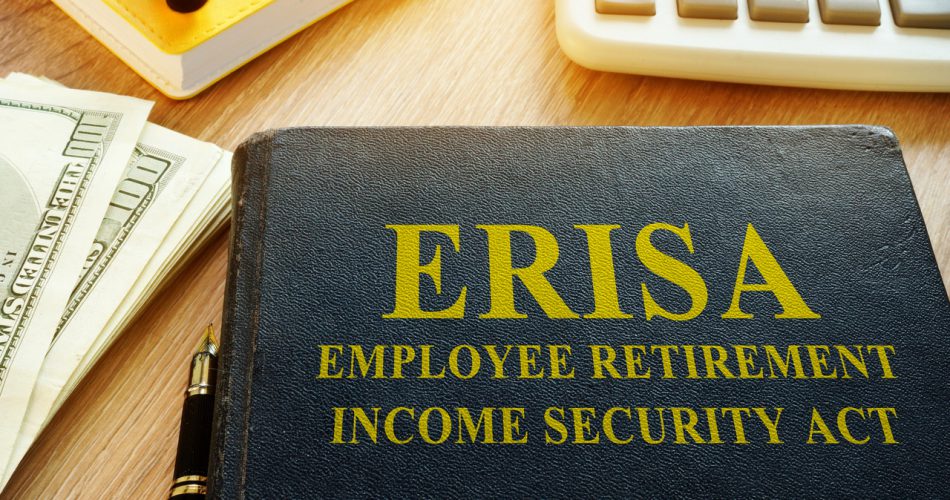By Christopher F. Terrigino, CPA
Your retirement plan administrator just informed you that your company-sponsored retirement plan will require an audit to accompany the current year 5500 submission. As the Plan sponsor, you may be trying to understand what this means, what has changed, and what you need to do next to comply with the Employee Retirement Income Security Act of 1974 (ERISA).
Audit Requirements
First, let’s understand what triggered the audit requirement for the retirement plan. ERISA requires that retirement plans with 100 or more participants at the beginning of the plan year obtain an audit of the Plan’s fiscal year-end financial statements. This means for a calendar-year plan, you would look at the participant counts as of January 1 of the plan year to determine whether an audit of the plan will be required at the end of the plan year. ERISA allows for an exception to the 100-participant audit requirement if the total number of participants is greater than 80 and less than 120 (often referred to as the 80-120 rule). This exception is to cover plans that may have significant fluctuations in participants year to year and may also help alleviate the audit requirement for a plan that crosses over 100 participants the first time.
A retirement plan participant is defined as any current or terminated employee with an asset balance in the plan, or a currently eligible employee with a right to participate in the plan (even if they are not participating).
Terminated employees who have maintained balances in the plan can significantly increase the included participants in the plan and push the audit requirement into effect. Management should encourage participants to withdraw their account balance from the plan immediately upon termination and implement a policy that will allow the plan to automatically distribute terminated participant balances under certain dollar thresholds into an Individual Retirement Account (IRA). This will often help keep the participant count closer to your actively employed numbers. Management should monitor the participant count in the plan throughout the year so there are no year-end surprises and you can manage a plan audit with plenty of time to prepare.
Why Audits are Required
A retirement plan audit provides an independent, third-party opinion to participants, trustees, management, the Department of Labor, and other interested parties that the plan’s financial statements provide reliable information to assess the plan’s financial strength and ability to pay benefits to participants or their beneficiaries. Additionally, an audit may provide management the opportunity to improve plan operations and strengthen internal controls.
ERISA was designed to protect the plan participants. The auditor will test a variety of aspects of the plan, such as participant and employer contributions, eligibility, investment allocations, distributions from the plan, compliance with ERISA, and the financial statement balances and disclosures. The plan administrator will assist and work with the plan sponsor in preparing required reports and documents for the auditor.
Starting the audit process as early as possible is encouraged since the audit results will often require changes being made to the Form 5500. The plan financial statement audit and the IRS Form 5500 submission (the reporting package) must be filed together and are due by July 31 of the following year, or, if an extension was filed, October 15.
It is important that a qualified firm is selected to perform the audit. Retirement plan audits are specialized and the auditor should have experience auditing a variety of retirement plans. A good measure of an audit firm’s qualifications is to ensure the audit firm is a member of the American Institute of Certified Public Accountants (AICPA) Employee Benefit Plan Audit Quality Center. If you need an audit for your retirement plan, Rivero, Gordimer & Company can help and we are a member of the AICPA Employee Benefit Plan Audit Quality Center.





